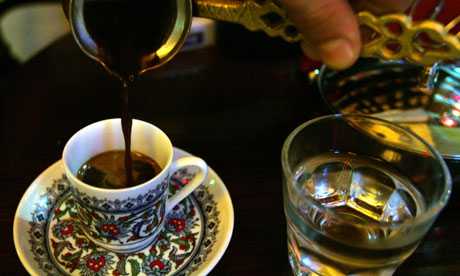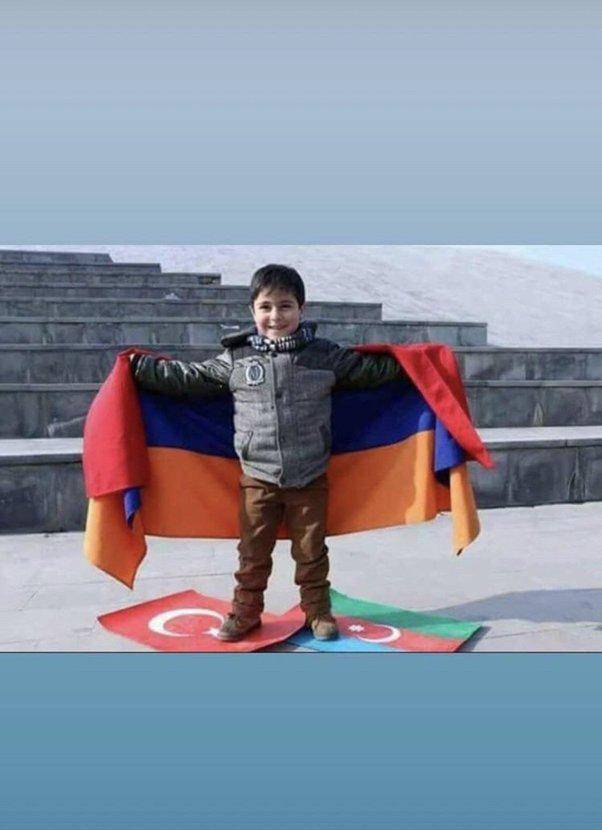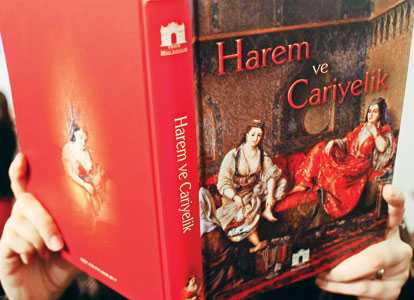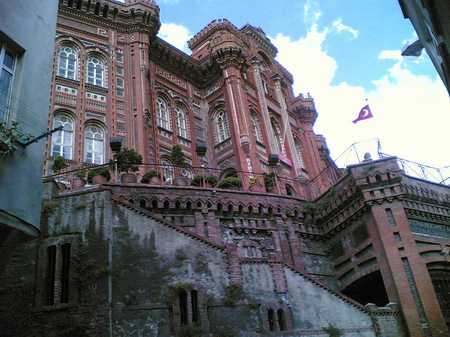As Turkey’s coffee culture arrives in London, it provides an opportunity for proper discussion about culture and politics
Kaya Genç
guardian.co.uk, Thursday 24 November 2011 10.30 GMT

The coffee house was invented almost five centuries ago, in Istanbul. But it wasn’t Turks who turned the concept into a global business model, it was the Americans. While Turkish waiters kept on serving traditional coffee and water pipes to their loyal customers at cheap prices, Americans designed menus full of delicacies and calories, decorated their coffee houses with comfy chairs, and offered free Wi-Fi. Nevertheless they will still find it hard to convince loyal Turkish coffee addicts like me into giving up our die-hard drinking habits: for us, the siren logo represents terrible coffee consumed over comfortable furniture and the flavour of Turkish coffee remains indispensable.
It is good news for us, then, that Turkish coffee culture has now pitched up right in the centre of London: a few weeks ago, Kahve Dünyası (“The Coffee World”), our tardy response to the Starbucks model, opened in Piccadilly Circus. The chain was established as late as 2004 in Istanbul’s Eminonu district, where the first ever coffee house opened its doors in 1555. Many Turks have fallen for Kahve Dünyası’s traditional but also conveniently modern ways: there are 68 types of coffee on offer as well as an extensive chocolate collection. Orders are taken by a waiter and not at a counter, and the Turkish coffee will arrive at your table the way you like it: plain, or with little, medium or lots of sugar.
The Piccadilly branch even has a guidebook for those not sufficiently acquainted with Turkish ways of drinking coffee. The thick foam at the top you should enjoy at length, but avoid telve, the grounds left at the bottom of the cup. Many people drink the glass of water habitually served on the tray afterwards, but traditionally the water used to be drunk beforehand, in order to refresh your palate.
When I visited a Costa in Piccadilly last summer, I was struck – and annoyed – by the lack of attention paid to the customers. Of course, for US-style coffee chains, this has always been the deal: serve the customers with cheap coffee and leave them alone with their gadgets afterwards. But it is also easy to see what is lost when they are silently caressing their iPads: in Turkish coffee houses one finds a more noisy atmosphere, but also a real sense of community.
Once ideal places for Istanbul’s multicultural population who converged there to discuss current affairs, Turkish coffee houses are still spaces for conversation rather than work. Orhan Pamuk, Turkey’s Nobel laureate, made use of them in his monumental My Name is Red, where meddahs (storytellers) come together, telling vivid stories which make up chapters of the novel. Their stories are erotic, clever, funny and pointedly mocking of the country’s politicians. It is no surprise then that Istanbul’s coffee houses were closed by the authorities in the 16th century: spending too much time in them made people less virtuous, the authorities believed.
Turkey’s coffee houses are reminders of how liberty and conversation once triumphed in Ottoman culture, only to be suppressed later by authoritarian force. What a sight it would be one of these days to see the Turkish president Abdullah Gül, in London for a state visit, and his host the Queen discussing the future of Europe over a cup of Turkish coffee. Gül could tell a story or two about his own country’s experiences: how his prime minister, Recep Tayyip Erdogan, quickly became a symbol of resistance in geographies as diverse as Palestine, Egypt and Syria, and how the Turkish economy continued to grow in these troubled times. Not a single Turkish bank went bankrupt due to the euro crisis that struck Europe.
The older generation of Turkish diplomats used to have a peculiar way of dismissing popular demands in the country: they would label them “coffee house talk”. But Erdogan’s coffee house talk approach seems to have worked: over the past decade, national economic output tripled and average incomes doubled under a secular model that blends European and Islamic values.
Turks didn’t invent democracy, and there are plenty of signs that the country is still working out what the term really means (just look at the latest arrests of Kurdish politicians). But our coffee houses, in Istanbul or London, are good locations to discuss it, as they have been for the past five centuries.
via Turkish coffee house talk could teach the world a thing or two | Kaya Genç | Comment is free | guardian.co.uk.





